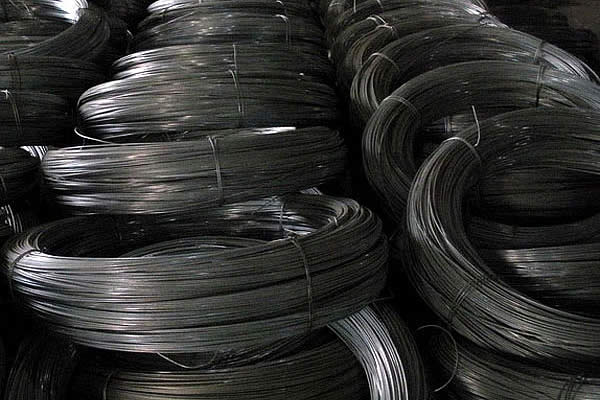 TEL:
+86-13102802206
TEL:
+86-13102802206
 Email:
fencenetting@china.com
Email:
fencenetting@china.com
 Language
Language
 TEL:
+86-13102802206
TEL:
+86-13102802206
 Email:
fencenetting@china.com
Email:
fencenetting@china.com
 Language
Language


The Importance of Wire for Gabion Baskets
Gabion baskets, which are wire mesh containers filled with rock or other materials, have been a critical part of civil engineering and landscape architecture for many years. Their versatility, strength, and aesthetic appeal make them suitable for various applications, including erosion control, retaining structures, and decorative landscaping. However, the effectiveness of gabion baskets greatly depends on the quality and type of wire used to construct them. This article explores the significance of wire in gabion baskets and its implications for durability, functionality, and environmental impact.
Material Quality and Types of Wire
The wire used in the construction of gabion baskets is typically made from galvanized steel or carbon steel. Galvanization, the process of coating steel with zinc, protects the wire from corrosion, which is particularly important in outdoor environments exposed to moisture and varying weather conditions. High-quality wire ensures the longevity and structural integrity of gabion baskets, making them a reliable choice for long-term projects.
In recent years, various materials have emerged, including PVC-coated wire, which offers an additional layer of protection against corrosion and enhances aesthetic qualities. This type of wire can be dyed in different colors, providing landscape architects with the opportunity to create visually appealing structures that blend harmoniously with their surroundings.
Strength and Flexibility
The wire used in gabion construction must possess specific mechanical properties to ensure the baskets can withstand the forces they encounter. Strong wire is essential to maintain the shape of the baskets and contain the fill material effectively. The tensile strength of the wire determines how much load the gabion can bear without deformation. This is crucial, especially in applications where the baskets may experience hydrostatic pressure from water flow.

Flexibility is another vital aspect of the wire. A certain degree of flexibility allows the gabion baskets to adapt to shifting soils and varying pressures, reducing the risk of rupture or collapse. Workers creating gabion walls often need to bend or shape the wire during installation, and wire that is too rigid can lead to complications in construction.
Environmental Considerations
As environmental sustainability becomes increasingly important in construction practices, the choice of wire for gabion baskets is under scrutiny. Eco-friendly materials, such as recycled steel or biodegradable alternatives, are gaining popularity. These materials reduce the carbon footprint associated with traditional wire manufacturing and align with sustainable building practices.
Moreover, gabion baskets filled with natural stones not only provide structural solutions but also promote biodiversity. The gaps in the baskets allow for vegetation to grow, which can further stabilize soil and provide habitats for wildlife. The integration of ecological and architectural principles makes gabion baskets an attractive option for environmentally conscious projects.
Conclusion
Wire is a critical component of gabion baskets, serving as the backbone of these versatile structures. The choice of wire material, along with its quality, strength, and flexibility, directly impacts the durability and effectiveness of gabion baskets in various applications. As the industry moves towards more sustainable practices, the exploration of alternative materials and eco-friendly options is essential.
Understanding these aspects of gabion baskets paves the way for more responsible use of materials in construction, ensuring that future projects not only meet human needs but also contribute positively to the environment. As we continue to innovate and adapt our construction methods, the humble gabion basket remains a symbol of durability and versatility in a rapidly changing world.